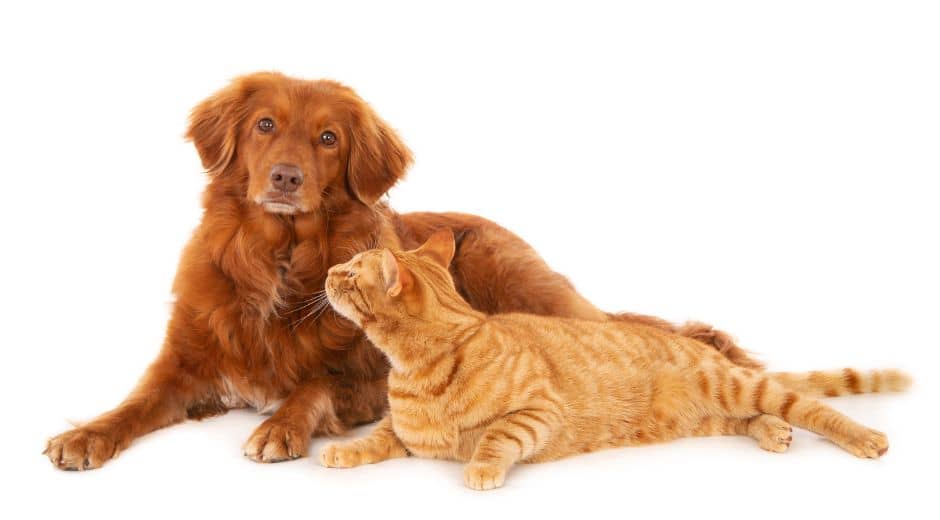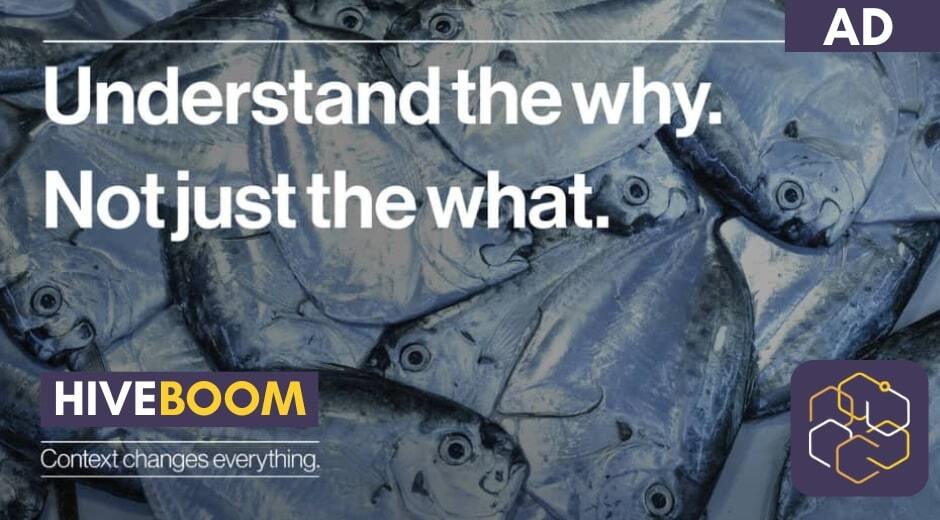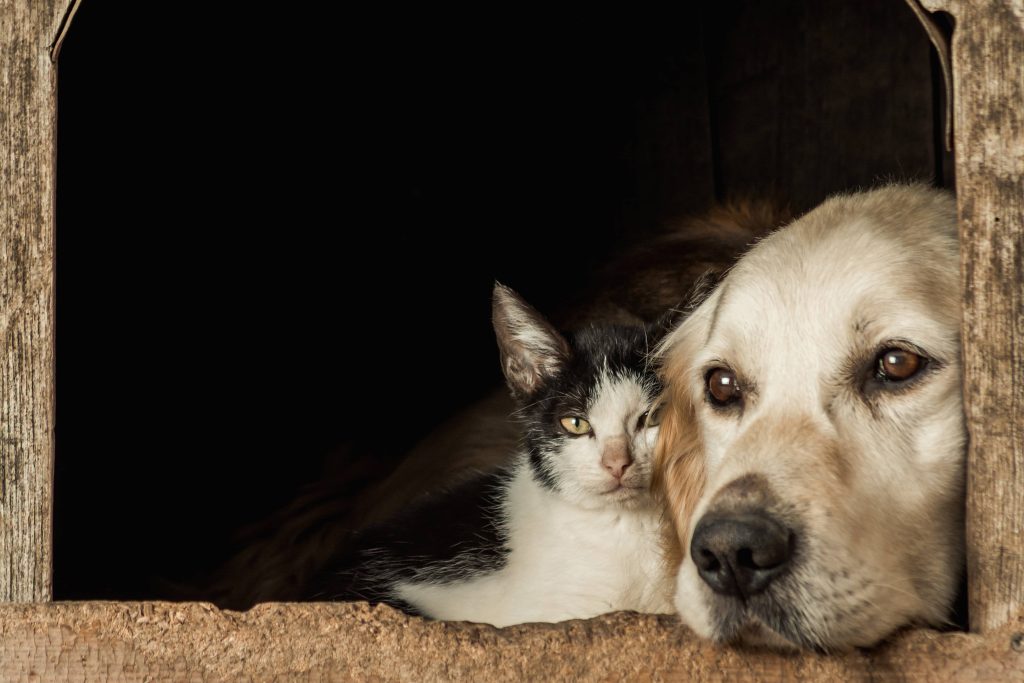Smart Companions: Brilliant Insights into Pet Intelligence
Smart Companions: Brilliant Insights into Pet Intelligence
The bond between humans and animals goes far beyond simple companionship. Smart Companions possess remarkable intelligence, emotional depth, and the ability to communicate in subtle yet meaningful ways. Understanding their behaviors, thought processes, and emotional responses not only strengthens the human-animal bond but also enhances the joy and satisfaction of pet ownership. From dogs and cats to smaller animals like birds and rabbits, each species demonstrates unique cognitive abilities that are fascinating to observe.
Understanding Animal Intelligence
The term Smart Companions captures the essence of pets who are more than passive participants in our lives—they are active learners, problem-solvers, and even teachers in their own right. Dogs, for example, can recognize hundreds of words and commands, respond to emotional cues, and demonstrate impressive memory skills. Cats, though often more independent, show remarkable adaptability, learning from observation and subtly communicating their needs and desires.
Birds like parrots exhibit cognitive abilities rivaling those of young children, using problem-solving and mimicry to engage with humans and their environment. Even smaller animals, such as rabbits or guinea pigs, display social intelligence, forming relationships, recognizing owners, and reacting to changes in their surroundings. By observing and understanding these behaviors, we gain insight into the minds of Smart Companions and the unique ways they enrich our lives.
Communication and Emotional Bonds
One of the most remarkable aspects of Smart Companions is their ability to communicate. While humans rely primarily on language, animals use body language, vocalizations, and subtle cues to convey their emotions and intentions. A wagging tail, a gentle purr, or even a stare can express curiosity, affection, or a request for attention. Recognizing and responding to these signals enhances mutual understanding and strengthens the bond between pet and owner.
Resources like Zoopora provide detailed insights into interpreting animal communication, offering guidance on how to respond effectively to behavioral cues and foster a deeper connection with your Smart Companions.
Training and Cognitive Development
Engaging in training exercises is another way to nurture the intelligence of Smart Companions. Positive reinforcement techniques, problem-solving games, and structured activities encourage learning, improve behavior, and stimulate mental faculties. Dogs, for instance, thrive on structured training that challenges them to think, remember, and respond to cues. Cats benefit from interactive toys and environmental enrichment that simulate hunting behaviors and problem-solving scenarios.
Even small pets benefit from cognitive stimulation. Puzzle feeders, exploratory toys, and varied environments encourage rabbits, birds, and rodents to use their intelligence in creative ways. Incorporating these activities into daily routines promotes mental health, reduces boredom, and strengthens the human-animal bond, ensuring that your Smart Companions remain engaged, happy, and fulfilled.
Observing Natural Behaviors
Part of understanding Smart Companions involves observing their natural behaviors. Many pets display instinctual actions that reflect evolutionary adaptations, such as hunting play, territorial marking, or social hierarchy navigation. By paying attention to these behaviors, owners can provide environments that respect and encourage natural tendencies, promoting wellbeing and satisfaction.
Exploring these behaviors in different contexts can also be educational and rewarding. Platforms like Bionaturevista highlight examples of animal intelligence and behavior in natural habitats, offering insights that pet owners can apply in domestic settings. Learning from these examples allows humans to enrich the lives of their Smart Companions and foster environments that encourage natural expression and cognitive growth.
The Role of Routine and Enrichment
Creating routines and opportunities for enrichment is essential for the wellbeing of Smart Companions. Regular feeding schedules, exercise, social interactions, and playtime provide structure while stimulating mental and physical faculties. Environmental enrichment, such as varied toys, climbing structures, and safe exploration spaces, challenges pets to think, problem-solve, and adapt to new experiences.
Routine and enrichment not only satisfy cognitive and emotional needs but also reduce stress, prevent behavioral issues, and strengthen the bond between pets and owners. Observing the joy and engagement of Smart Companions during these activities reinforces the importance of understanding their intelligence and providing opportunities for growth.
Emotional Support and Companionship
The intelligence of Smart Companions extends to their ability to provide emotional support. Dogs can sense changes in human emotions and often respond with comfort or protective behaviors. Cats, birds, and other pets offer companionship that reduces loneliness, alleviates stress, and enhances overall wellbeing. Recognizing these abilities helps owners appreciate the profound emotional impact of their Smart Companions and encourages attentive, compassionate care.
Sharing adventures with pets also strengthens this emotional connection. Whether exploring local parks, engaging in interactive play, or simply spending quiet time together, these experiences reinforce trust, understanding, and joy. Resources like Zoopora highlight practical ways to enrich interactions and foster strong bonds with your intelligent companions.
Health Benefits and Cognitive Engagement
Engaging with Smart Companions also benefits human health. Daily walks, active play, and training exercises promote physical activity, while mental stimulation and observation enhance mindfulness and emotional regulation. Cognitive engagement for pets, such as puzzle feeders or problem-solving games, ensures they remain alert, active, and satisfied. This reciprocal enrichment—benefiting both human and animal—underscores the holistic value of having intelligent, attentive companions in our lives.
Understanding Personality and Individuality
Each Smart Companion possesses a distinct personality and unique intelligence profile. Some pets are naturally curious and adventurous, while others are calm and observant. Recognizing and respecting individual differences allows owners to tailor activities, training, and socialization strategies that maximize engagement and satisfaction. Appreciating these nuances enhances the human-animal bond and ensures that the companionship experience is rewarding for both parties.
Conclusion
Smart Companions enrich our lives in ways that are both profound and tangible. Their intelligence, emotional depth, and communicative abilities make them extraordinary partners in everyday life. By observing behavior, providing enrichment, engaging in training, and fostering emotional bonds, owners can unlock the full potential of their pets and enjoy the many rewards of companionship.
Exploring the natural intelligence of animals through platforms like Bionaturevista and enhancing care strategies with insights from Zoopora ensures that these intelligent companions thrive in our homes. The journey of understanding and interacting with Smart Companions is one of continuous learning, joy, and mutual growth—a testament to the remarkable capabilities of the animals who share our lives.
Wildlife Behavior Curiosity

Understanding the Mops: Health, Care, and Personality
Tigers in the Wild: Conservation Challenges and Successes explores efforts to protect tigers, preserve habitats, and ensure their survival…

Bigăr Waterfall: Romania’s Hidden Natural Gem
Tigers in the Wild: Conservation Challenges and Successes explores efforts to protect tigers, preserve habitats, and ensure their survival…

Tigers in the Wild: Conservation Challenges and Successes
Tigers in the Wild: Conservation Challenges and Successes explores efforts to protect tigers, preserve habitats, and ensure their survival…







